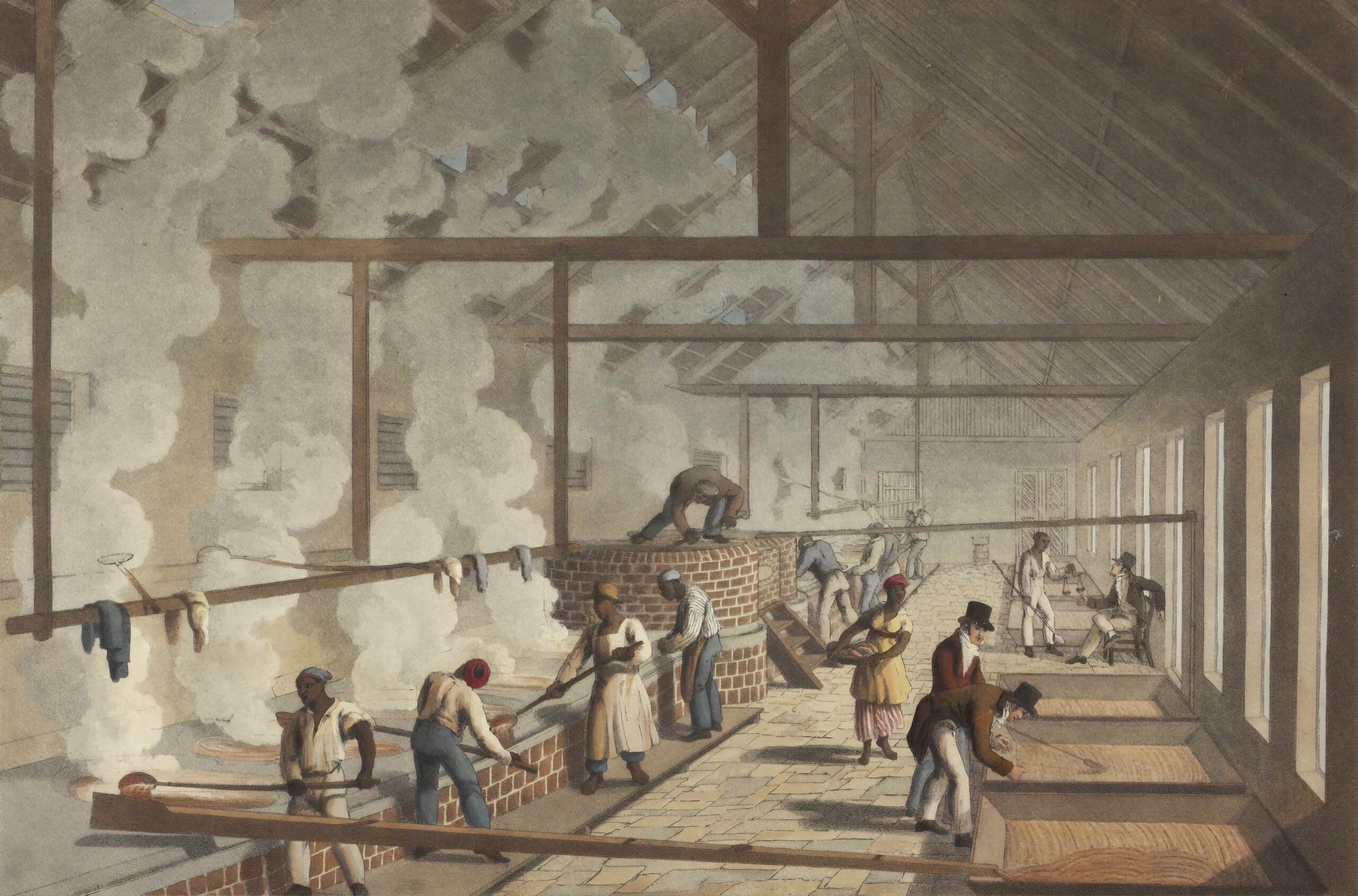In today’s world, brands compete not only on products and price, but also on visual presentation. Illustrations have become one of the key tools in shaping a company’s image: they help to stand out among competitors, convey mood and values, and establish emotional contact with the audience. Unique illustrations can turn a dry message into a lively story, simplify the perception of complex ideas and make a brand more memorable. That’s why illustrations are increasingly taking center stage in marketing and branding strategies.
Illustrations as a tool of visual brand identity
Modern business lives in an oversaturated information space. Every day a person comes across hundreds of advertising messages, banners, logos, posts in social networks. In this “noisy environment” the task of a brand is to stand out and be recognized. Illustrations become one of the most effective tools for this.
Branded illustrations form the visual code of a brand. It can be a certain palette, the nature of lines, the style of drawing characters or unique graphic elements. All this allows a company to stand out from the competition. For example, Mailchimp for a long time used characteristic drawings with a slight “naivety” in style, which made the brand human and accessible.
Unlike photos, which often look the same, illustrations allow you to create a unique visual language. Even a small company can develop unique illustrations that will be recognizable to customers and create a sense of authenticity.
Emotional connection with the consumer
Marketing is no longer just about the product – it is increasingly built around emotion. Illustrations are extremely powerful in this respect. They can quickly and unobtrusively evoke feelings of sympathy, trust or curiosity.
For example, hand-drawn illustrations are associated with warmth and friendliness. They are often used by brands that want to show that they are close to customers and value the “human face” of business. At the same time, minimalistic and strict graphic illustrations work well for technology companies that want to emphasize innovation and structure.
Emotions are a key factor influencing purchasing decisions. People are more likely to choose a brand that makes them feel good and seems more “alive”. Illustrations help build this image, especially if they are used consistently across all touchpoints – from the website to product packaging.
Strengthening marketing communications
Marketing campaigns are built on the ability to communicate a message clearly and memorably. Here, illustrations play the role of a “visual enhancer”.
They help:
- Simplify complex ideas. Diagrams, infographics, and metaphorical drawings make complex information understandable even to the untrained person. This visual approach saves time and reduces cognitive load, allowing you to grasp the essence of the message faster.
- Increase engagement. People are more likely to stop at a bright, out-of-the-box image than at dry text or a banal photo. This directly affects the metrics – CTR and time of interaction with content increase significantly.
- Create stories. Characters and consistent illustrations help a brand engage in storytelling – telling a story that is more memorable than facts. Through this visual narrative, companies form emotional associations that stick in the memory for a long time.
In the digital environment, illustrations are especially valuable. In social networks, where users scroll through the feed at the rate of a few seconds per post, it is an unusual picture that can “catch the eye” and make them stop.
No less important is their use in e-mail marketing: here illustrations help to soften the perception of messages and make the letter more friendly. As a result, people are more likely to read the email to the end and click on the link.

Illustrations against boilerplate and “corporate clichés”
In recent years, a phenomenon called Corporate Memphis, a style of illustration that was massively used by large IT companies, has been actively discussed in design. It was criticized for its sameness, oversimplification and impersonality.
This example shows well that template images quickly lose effectiveness. Users stop paying attention to them, and the brand risks losing its personality.
On the contrary, companies that choose a unique illustration style win. Their visual language becomes a distinctive feature. For example, Dropbox once introduced unusual illustrations with an emphasis on simplicity and lightness, which helped the brand stand out among competitors who used typical stock photos.
Thus, originality in illustrations is a competitive advantage. The brand shows that it is not afraid to go its own way, and this is appreciated by the audience, which is tired of monotony.
Consistency and multi-channel application
The effectiveness of illustrations is directly related to their consistent use. If a brand uses the same style across all touchpoints, it builds a strong association and trust.
For example, imagine a user first sees an illustration on a brand’s website. Then he meets a similar picture in an Instagram post, and later on the product packaging. He gets a feeling of integrity and reliability: the brand does not change its image, it is recognizable and stable.
Today, illustrations are used in almost all marketing channels:
- Websites and lendings – illustrations enhance visual support for key blocks and calls to action. They help highlight product benefits, direct user attention and make the page less cluttered with dry text.
- Social networks – here illustrations form the branded visual style of content. Thanks to them, the brand becomes recognizable in the feed, and publications look consistent and coherent, which increases trust and interest of the audience.
- Offline advertising – billboards, posters and packaging with illustrations attract attention even at a quick glance. Such visual solutions allow to deliver the key message faster and make promotional materials distinguishable from competitors.
- Merch – T-shirts, mugs, brandbooks and other souvenirs with illustrations work as a promotional tool and at the same time as a carrier of company culture. Unique illustrations turn merch into a desirable object, not just a promotional accessory.
This approach allows you to create a system of visual markers that are easily recognizable. This is especially important for new brands that are still forming their place in the market.



